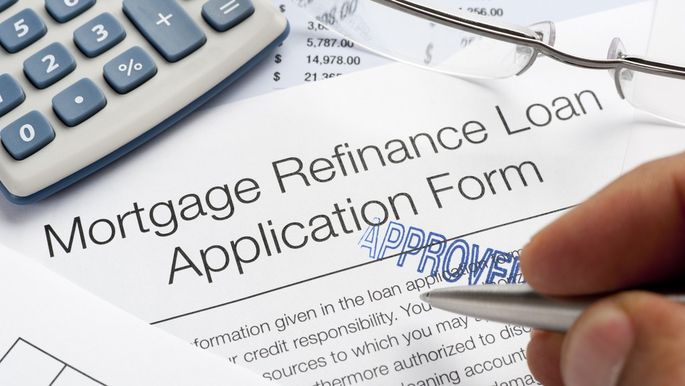Mortgage rates fell after rising for two straight weeks, another indication that recession concerns are impacting the U.S. housing market.
The average rate on a 30-year fixed-rate mortgage dropped to 5.3%, mortgage-finance giant Freddie Mac said Thursday. That is down from 5.54% last week and below the 13-year high of 5.81% recorded in June. At the beginning of the year, rates on America’s most common home loan hovered around 3.2%.
The 5.3% rate was recorded before the Federal Reserve’s announcement Wednesday that it would raise its benchmark rate by 0.75 percentage point. While mortgage rates don’t automatically move when the Fed raises rates, they are heavily influenced by it. Mortgage rates are tied closely to the 10-year U.S. Treasury yield, which tends to move in tandem with expectations for the Fed’s benchmark rate. Over the past week, investors have piled into U.S. Treasurys, often seen as a haven during times of economic uncertainty. This week, the yield on the benchmark 10-year Treasury fell to its lowest level since April. Yields fall when prices rise.
The U.S. economy shrank for the second quarter in a row, the Commerce Department said Thursday. Gross domestic product from residential investment, including the construction of single and multifamily homes and remodeling, fell 14%. This category accounts for between 3% and 5% of GDP, according to the National Association of Home Builders. “Housing tends to lead the rest of the economy, and we expect that pattern will hold this cycle as well,” said Mike Fratantoni, chief economist at the Mortgage Bankers Association.
Rising mortgage rates and continued double-digit price growth have made buying a home even less affordable, slowing the housing market in recent months. The median American household needed $2,398 to cover mortgage payments on a median-priced home in May, according to the Federal Reserve Bank of Atlanta. That is a 25% increase from $1,916 in January. Sales of existing homes have fallen for five straight months, according to the National Association of Realtors. “We expect that this slower pace will remain through the summer, but buyers could return later this year if the Fed’s plans are better understood by the market and lead to less rate volatility,” Mr. Fratantoni said.

